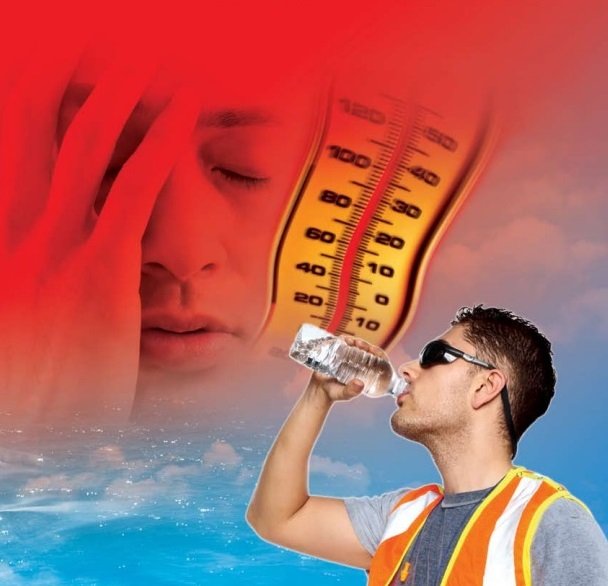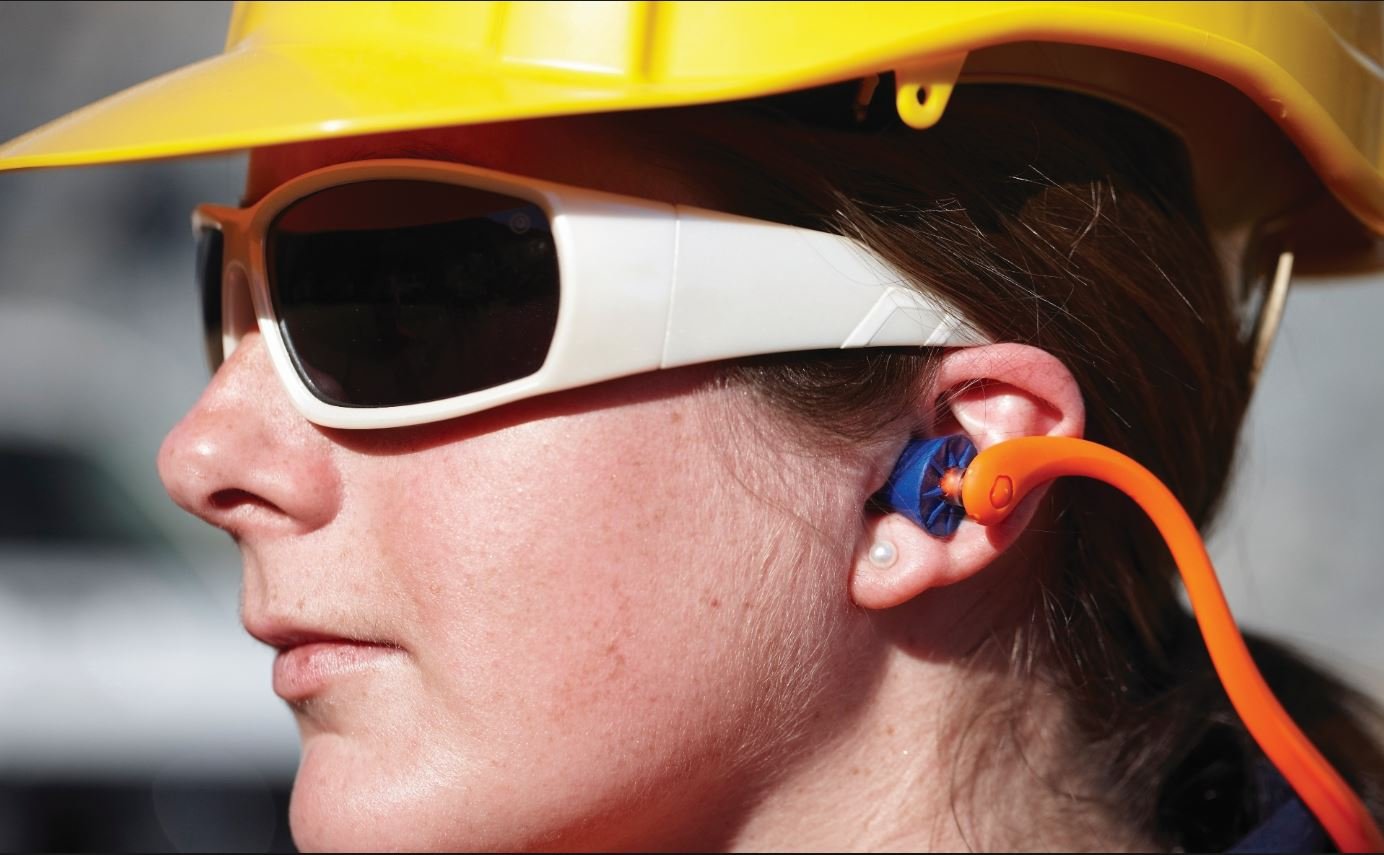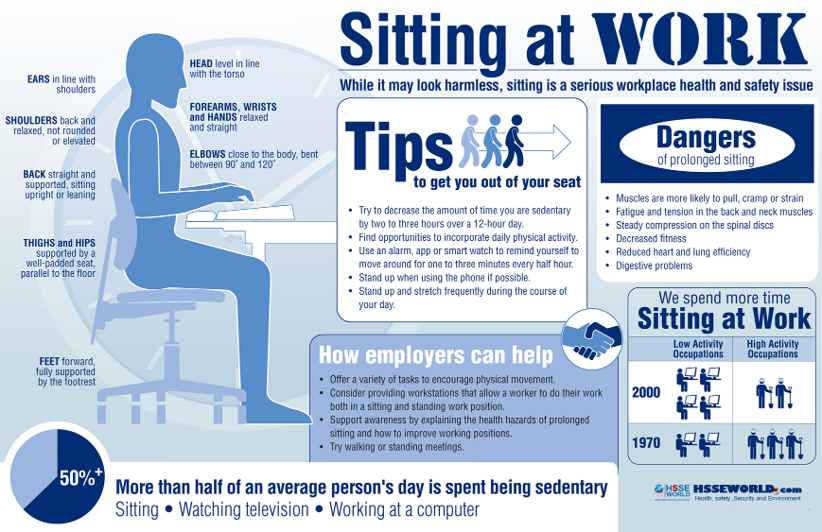While working in extreme temperatures, a buddy system should be used. Look out for one another and be alert for the symptoms of heat stress.
Inexperienced workers may need special attention as they may continue to work beyond the point at which signs of heat strain appear. People are generally unable to notice their own heat stress related symptoms. Their survival depends on their co-worker’s ability to recognize these symptoms and seek timely first aid and medical help.
The feeling of hot or cold depends on many factors including air temperature, humidity, the presence of hot or cold objects in the area, air movement, physical exertion, and the type of clothing worn.

Heat Stress Controls
If a worker is or may be exposed to extreme levels of heat, engineering controls will be implemented to reduce the exposure of workers. Administrative controls may also be implemented, including a work-rest cycle, or personal protective equipment, if the equipment provides protection equally effective as administrative controls.
The risk of heat-related illnesses can be reduced by engineering controls to provide a cooler workplace, safe work practices to reduce worker exposure, and training employees to recognize and prevent heat illnesses.
As mentioned, engineering controls help to reduce the risk of heat-related illnesses. This is done through automating physically challenging tasks, providing adequate ventilation and air conditioning, using dehumidifiers, and lowering heat emissions through the use of insulation or shields.
Administrative controls are also another important factor in reducing heat-related illnesses. An example of these controls is ensuring an adequate supply of cool potable water close to all work areas for the use of all workers.
It is also important to train workers to spot the signs and symptoms of heat exhaustion, be aware of proper clothing habits and safe work practices. They must also meet physical fitness requirements and be educated on emergency procedures in case of their own, or a co-worker’s, heat exhaustion.
Personal Protective Equipment for Heat Exposure
Ordinary clothing provides some protection from heat radiated by surrounding hot surfaces. Specially designed heat-protective clothing is available for working in extremely hot conditions. In hot and humid workplaces, light clothing allows maximum skin exposure and efficient body cooling by sweat evaporation.
Workers who move back and forth between very hot, dry indoor environments and cold winter outdoor environments will also find that long underwear may moderate the extremes in temperatures.
If a worker exposed to hot shows signs or reports symptoms of heat stress or injury, the worker must be removed from further exposure and treated by an appropriate first aid attendant, if available, or a physician.
To monitor Heat stress and follow up heat index use OSHA NOISH Heat Safety Tool Application



